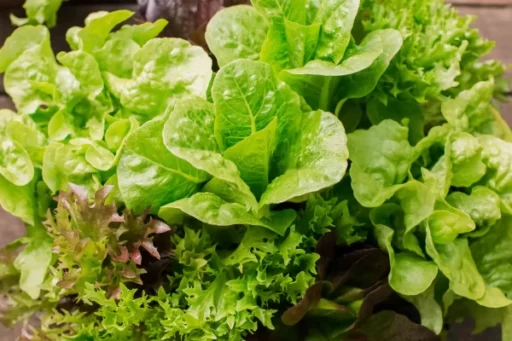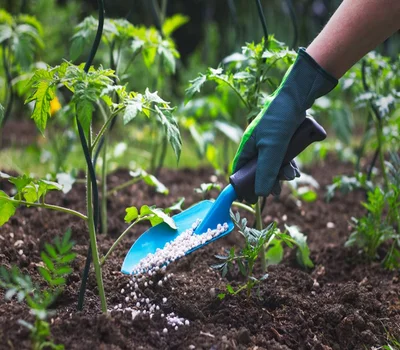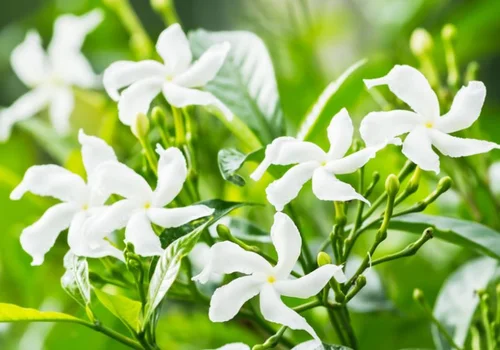Lettuce is one of the easiest and most rewarding plants to grow, especially during the cooler months. It doesn’t require much sunlight, making it perfect for those who may not have access to direct sunlight in their garden. In this guide, we’ll explore how to plant and care for lettuce, ensuring a bountiful harvest that you can share with your neighbors or even sell!
When to Plant Lettuce
Lettuce is a winter crop that thrives in cooler temperatures. The best time to plant lettuce is between September and February, as it prefers the cold. You don’t need a sunny spot for it to grow, as it does well in shady areas. If you don’t have much sunlight, don’t worry—lettuce will still give you an abundant yield.
Saving Seeds for Future Planting
One of the most valuable tips for growing lettuce is to save seeds from each harvest. When you grow lettuce, make sure to leave one or two plants to produce seeds. As the plant matures, it will naturally produce seeds, which you can collect and store in a paper bag for future use. By doing this, you won’t have to buy seeds every year. This is a simple, cost-effective way to ensure a continuous supply of lettuce for your garden.
For instance, from just one head of lettuce, you can collect enough seeds to plant a large area, making it incredibly efficient. This practice can be applied to other vegetables as well, such as carrots, where you can save seeds each year for future planting.

The Process of Planting Lettuce
Lettuce is first planted as seedlings before being transferred to its permanent spot in the garden. Here’s a simple guide to get started:
- Preparing the Soil: Lettuce grows best in light, well-draining soil. Any type of soil will work, but light soil allows seeds to germinate faster.
- Sowing the Seeds: After watering the soil, sprinkle a small amount of lettuce seeds on the surface. These seeds are tiny but produce a large number of plants, so be mindful of space. After scattering the seeds, cover them lightly with soil.
- Caring for the Seeds: Once you’ve planted the seeds, place them in a shady spot. Lettuce doesn’t need much care—it thrives on minimal attention. After about 12 days, you’ll notice the plants growing well.
- Fertilizing for Faster Growth: To accelerate lettuce growth, especially its leafy parts, you can create a homemade fertilizer by mixing half a liter of warm water with a teaspoon of sugar and a small amount of instant yeast. Let the mixture sit for half an hour, then water the plants with it. You can also spray the leaves with this solution to promote rapid growth.
Transplanting and Harvesting Lettuce
As your lettuce grows, you can transplant the larger seedlings into pots or directly into the ground. Ensure each plant has enough space to thrive. If you plant lettuce in pots, even if the roots are exposed to air and light, it won’t cause any harm to the plant.
If you notice your lettuce turning bitter, this may be due to irregular watering or letting the plants dry out. Always water your plants consistently to maintain a sweet, crisp flavor. Additionally, when harvesting, pick the larger plants first, leaving the smaller ones to mature further.
Conclusion
Growing lettuce is a simple and rewarding process that provides a constant supply of fresh greens. By following these easy steps, you can enjoy a healthy crop of lettuce throughout the cooler months. Remember to save your seeds, water regularly, and give your plants a bit of homemade fertilizer for the best results. Happy gardening!






